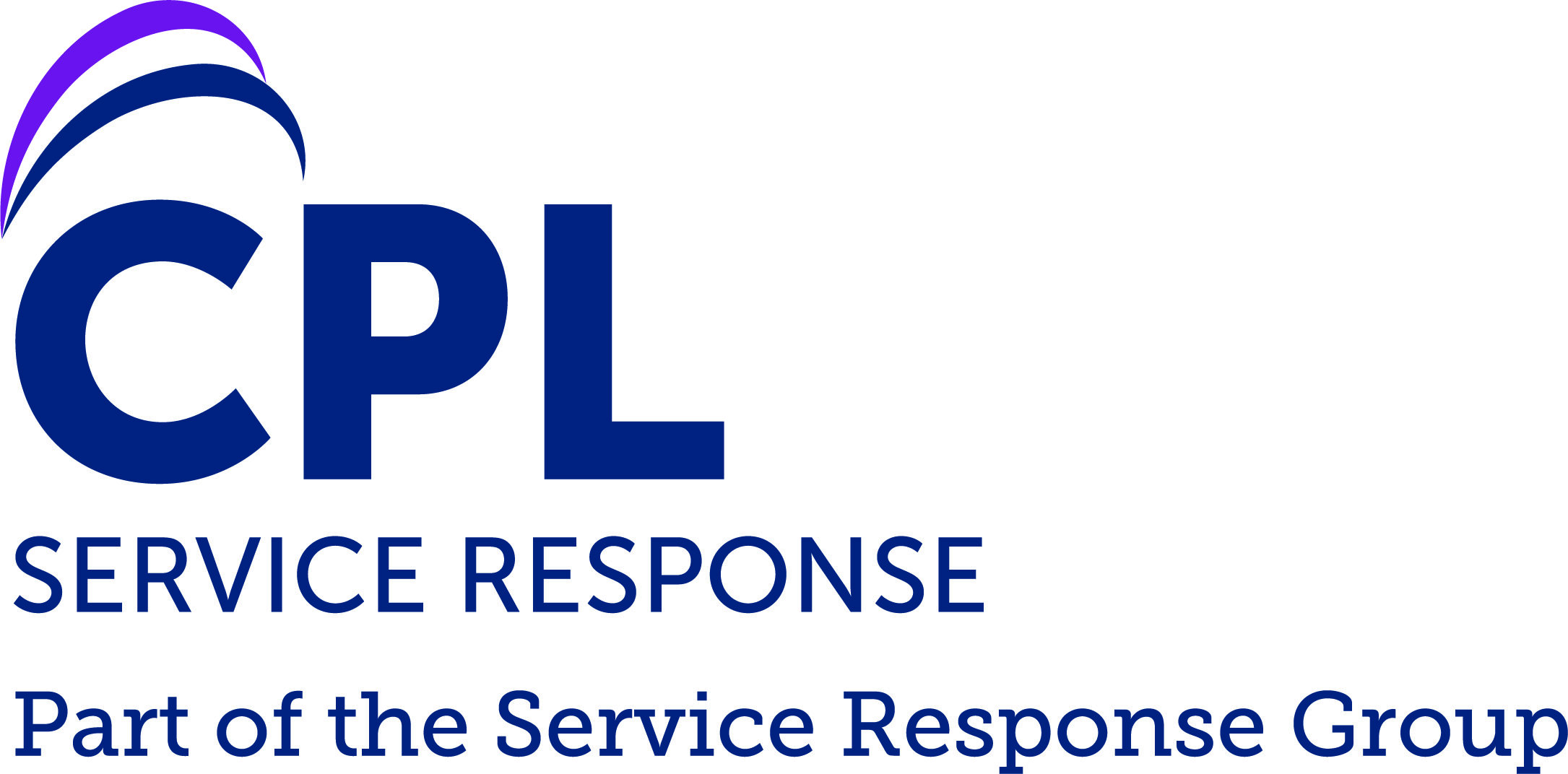In the realm of facilities management, the adage “an ounce of prevention is worth a pound of cure” is more than a mere saying; it’s a guiding principle. As buildings and infrastructure become increasingly complex, the importance of a preventative strategy for maintenance and repair tasks cannot be overstated. Not only does it ensure the smooth operation of a facility, but it also plays a crucial role in conserving budgets in the long term.
Understanding Preventative Facilities Management
Preventative facilities management is a proactive approach that focuses on regular inspections, maintenance, and repairs to prevent equipment failures and extend the life of a facility’s assets. Unlike reactive maintenance, which addresses problems after they occur, preventative maintenance anticipates potential issues and addresses them before they escalate into costly repairs or replacements.
The Financial Wisdom of Prevention
The most compelling argument for preventative facilities management is its impact on financial resources. Emergency repairs can be costly, not just in terms of the immediate repair expenses but also due to the downtime they cause. When a critical system fails unexpectedly, it can halt operations, leading to lost productivity and revenue. Preventative maintenance, on the other hand, is scheduled and budgeted for, allowing for better financial planning and allocation of resources.
Extending Asset Lifespan
Regular maintenance extends the lifespan of facilities’ assets. By keeping equipment in optimal condition, facilities managers can delay the need for expensive capital investments in new equipment. This not only saves money but also maximises the return on investment for each asset.
Energy Efficiency and Cost Savings
Well-maintained equipment operates more efficiently. For example, HVAC systems that receive regular tune-ups use less energy, which translates to lower utility bills. Over time, these savings can be significant, contributing to a leaner operational budget.
Risk Mitigation and Compliance
A preventative approach to facilities management also mitigates risk. It ensures that all aspects of a facility are up to code and meet health and safety standards, which is crucial for avoiding fines, legal issues, and potential harm to occupants. Compliance is not just a regulatory requirement; it’s a moral and financial safeguard.
Data-Driven Decision Making
In today’s digital age, facilities management can be supported by data analytics. By tracking the performance and maintenance history of equipment, facilities managers can make informed decisions about when to service or replace assets. This data-driven approach prevents unnecessary maintenance, further conserving the budget.
Case in Point: The Cost of Neglect
To illustrate the importance of preventative maintenance, consider the case of a neglected HVAC system. A system that is not regularly serviced may experience a catastrophic failure, leading to an emergency call-out, expensive parts replacement, and significant downtime. If the same system were on a preventative maintenance schedule, potential issues could be identified and resolved during a routine check, often at a fraction of the cost.
Implementing a Preventative Strategy
Implementing a preventative facilities management strategy requires an initial investment in time and resources. It involves setting up a maintenance schedule, training staff, and possibly investing in maintenance management software. However, the return on this investment is substantial. By avoiding emergency repairs and extending the life of assets, facilities can operate more efficiently and cost-effectively.
In conclusion, a preventative strategy in facilities management is not just a best practice; it’s a financial strategy. By investing in regular maintenance, facilities managers can avoid the high costs associated with emergency repairs, extend the lifespan of their assets, ensure compliance, and make data-driven decisions that contribute to the overall health of the facility’s budget. As facilities continue to evolve, the role of preventative maintenance as a budget conservation tool will only grow in importance, solidifying its place at the heart of strategic facilities management.
